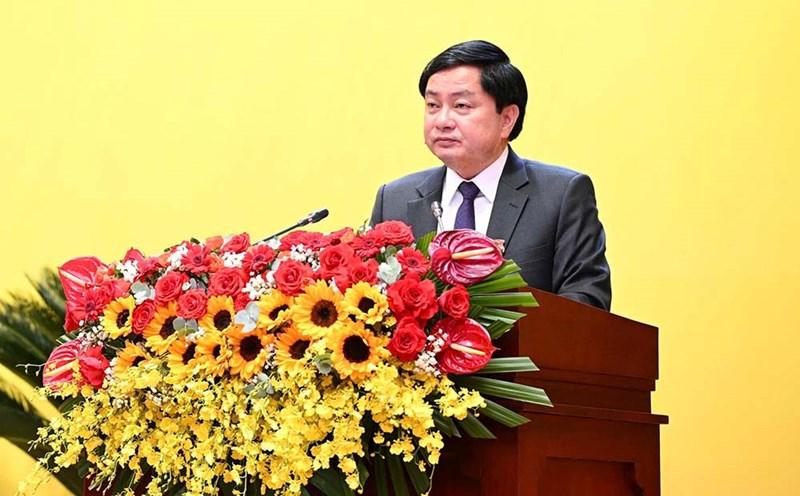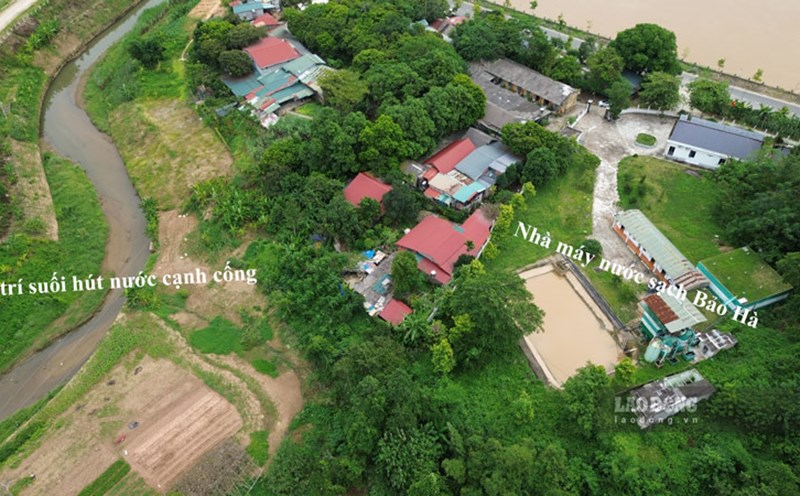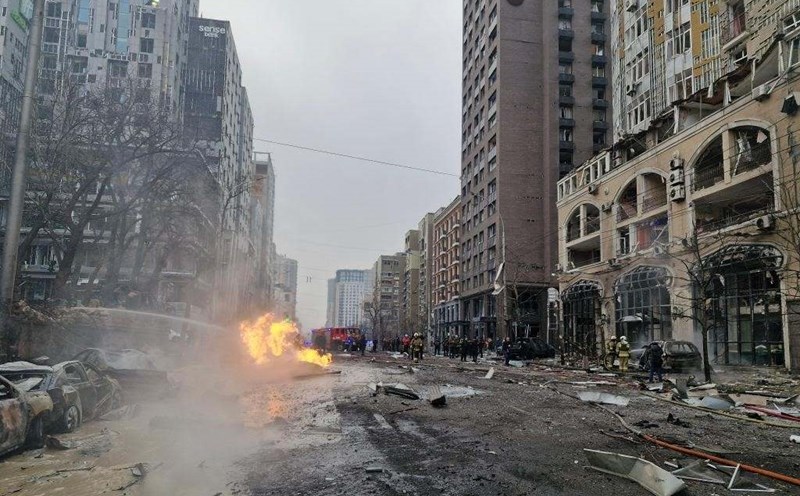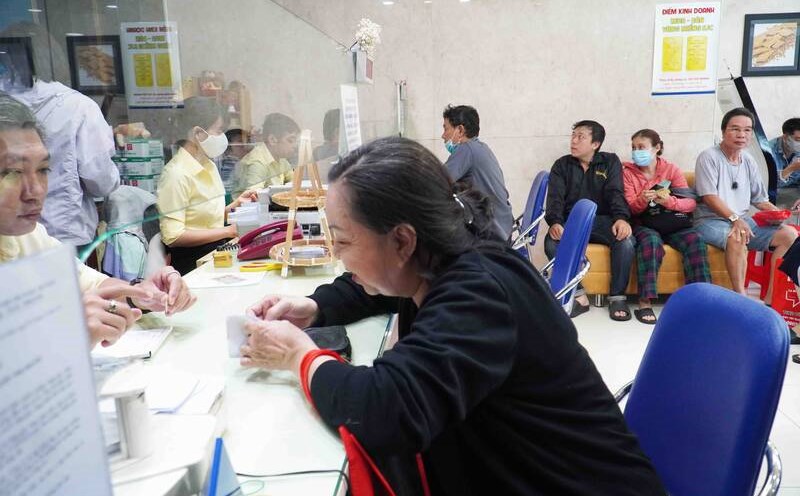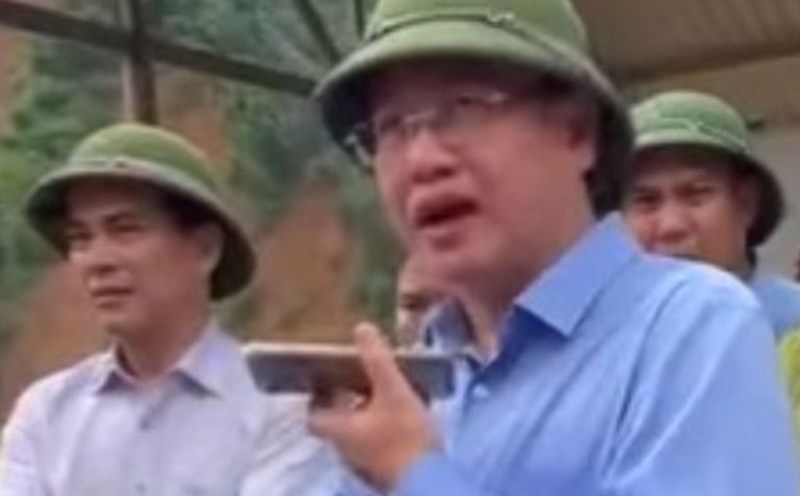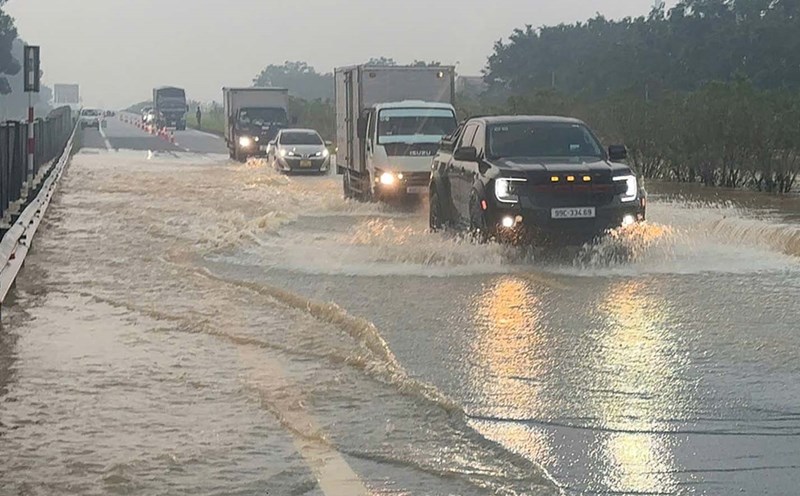Re-drawing the capital map
The decisive turning point for Hanoi's transformation took place on August 1, 2008, when Resolution 15 of the National Assembly on expanding administrative boundaries officially took effect. This is not just a change on the map but a fundamental restructuring in vision and scale. By merging the entire Ha Tay province, Me Linh district (Vinh Phuc) and part of Luong Son district (Hoa Binh), Hanoi's area has skyrocketed 3.6 times, from 921km2 to more than 3,344km2, turning the city from a central urban area into a large urban area (city-region).
Behind this bold decision was a profound strategic logic. It provides Hanoi with a "big enough space" to escape the crampedness of the historical core area, creating land funds for modern urban centers on a more favorable geological basis, and at the same time solving the problem of population pressure when the city increases by about 200,000 people each year.
This huge land fund has become a fertile land for the birth of a generation of large-scale urban areas (ADs), planned systematically such as: Ciputra, Vinhomes Riverside... These ADs not only change the architectural face but also reshape the social structure, creating new economic development poles and diverse lifestyle options, different from the traditional model. This is a reorganization of urban space according to the multi-center model.
Huge investments in transport infrastructure are the link connecting the decision to expand boundaries with the rise of new urban centers. An effective public-private development model has been formed: The State invests in large-scale infrastructure, creating attractiveness for new lands, thereby attracting private capital to build urban areas. The success of these urban areas has created greater tax revenue and infrastructure needs, forming a positive development loop.
Economic driving force: The resilience of a capital
Hanoi has strongly transformed to become an economic locomotive of the country, proven by impressive growth figures. In the period of 2011 - 2023, the city's GRDP grew by an average of 6.67%/year, always higher than the national average. By 2024, Hanoi's GRDP will reach 58.6 billion USD, more than 5 times higher than in 2008, and Hanoi's budget collection will continuously lead the country. In 2024, the city will collect nearly VND5122,000 billion. In just the first 6 months of 2025, this figure was VND 392,000 billion.
Hanoi has affirmed its position as one of the most attractive destinations for foreign direct investment (FDI). In the first half of 2025, the city has attracted more than 3.67 billion USD in FDI capital. This success comes from advantages such as a market of more than 8 million people, high-quality human resources, and a constantly improving investment environment. New specific mechanisms and policies such as the Capital Law (amended) further motivate this attraction.
The 2008 boundary expansion is the basic economic strategy, providing the necessary physical "ards". The merger has opened up a huge source of land resources for industrial parks and logistics centers, allowing Hanoi to receive large-scale FDI projects that have been boosting GRDP growth.
Hanoi's economic structure is strongly shifting to a modern economy, based on services and technology. According to the plan, by 2030, the service sector is targeted to account for over 65% of GRDP, and in particular, the digital economy will contribute up to 40% of GRDP. This is a clear strategic orientation to affirm the ambition to become a leading innovation center in the region.
The transformation of Hanoi is also a continuous dialogue between efforts to preserve the thousand-year heritage and nurturing a contemporary creative identity. The Old Quarter, the " core" of Hanoi's culture and history, is a living museum recognized as a National Monument. The government has made many remarkable efforts in restoring ancient structures, forming walking streets and organizing cultural events.
However, these efforts face huge challenges from too high a population density (823 people/ha), leading to overload and infrastructure degradation. Many valuable works have been transformed due to commercialization pressure and the need to improve people's lives. The struggle to preserve the old town is a miniature model for the whole city's dilemma: How to balance the three contradictory functions: cultural heritage, commercial real estate and residential areas.
Along with conservation, a new, dynamic cultural life is emerging. The appearance of contemporary creative spaces such as: Complex 01, 22 Hang Buom Cultural and Artistic Center... is redefining the cultural identity of Hanoi. These are not temporary museums, but dynamic centers for artists and young entrepreneurs, representing a cultural movement from the bottom up, open to the world but still dialogue with traditional values.
inevitable pressures
The rapid development of Hanoi also comes with inevitable consequences such as environmental pollution and traffic congestion. The city is applying a multi-dinged strategy, from temporary solutions such as traffic diversion to long-term projects such as the urban railway system and the traffic congestion reduction project for the period 2025 - 2030.
Hanoi is facing a pressure from development: Strong economic growth is the cause of environmental and transportation problems, but it is also that growth that creates huge financial resources to invest in fundamental solutions such as metro or clean energy. The biggest challenge is to pursue a "smart growth" model that is capable of separating economic development from environmental degradation.
Looking forward, Hanoi is shaping its ambition to become a leading global city. The "Hanoi Capital Planning for the period 2021 - 2030, with a vision to 2050" has painted a roadmap with the goal of building a "Cultured - Civilized - Modern", green, smart and livable city. The focus of this vision is the Northern Smart City project of Hanoi, a super project worth 4.2 billion USD jointly developed by BRG (Vietnam) and Sumitomo (Japan). Built on 6 "smart" technology pillars, the project focuses on the 108-storey financial tower, which is expected to become a new symbol of the capital.
The project along the Nhat Tan - Noi Bai axis, Hanoi's new "gateway" to the world, has a profound strategic significance. The partnership with Sumitomo Group is not only a commercial agreement, but also a connection with a leading technology country. By building a future city, high technology, Hanoi is making a strong statement on the international stage that Vietnam is a serious partner in the knowledge economy, capable of implementing world-class projects and competing for the position of leading financial and technology center in Southeast Asia.


